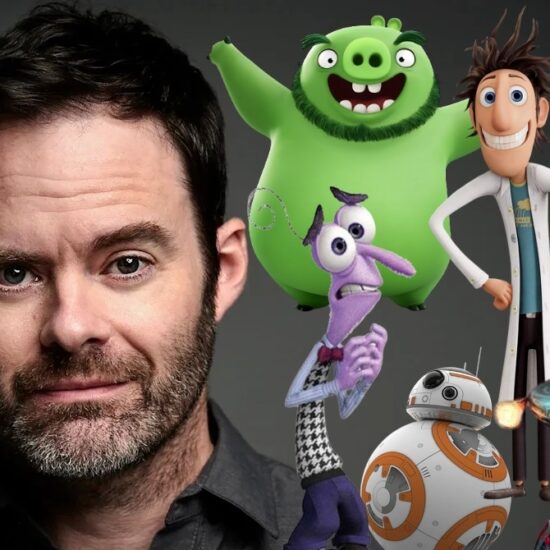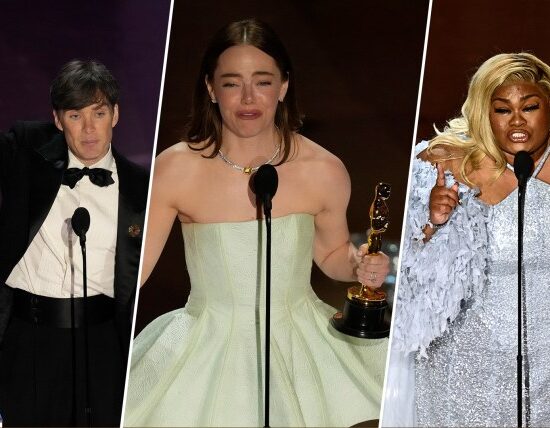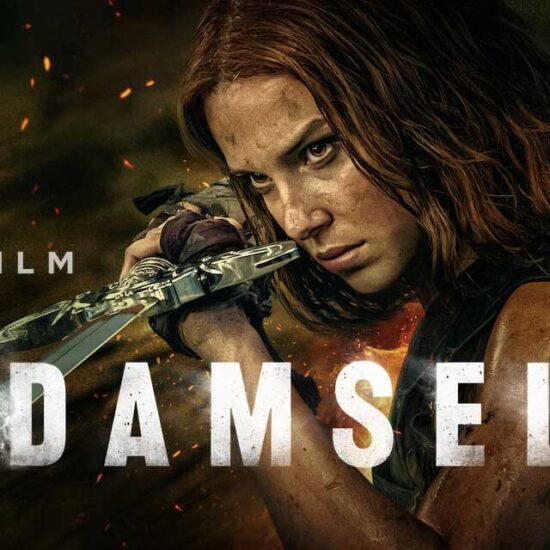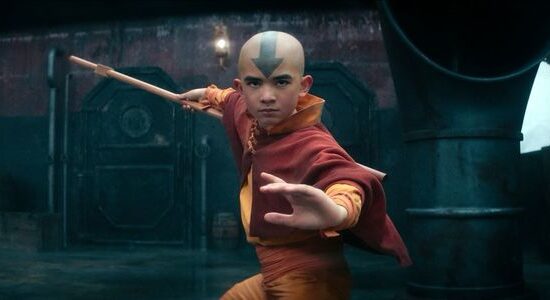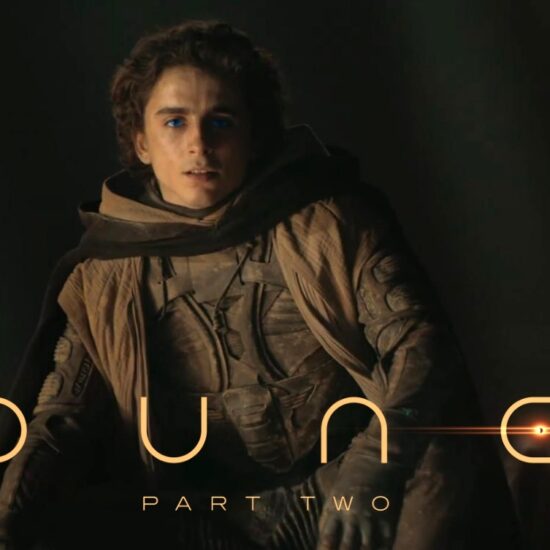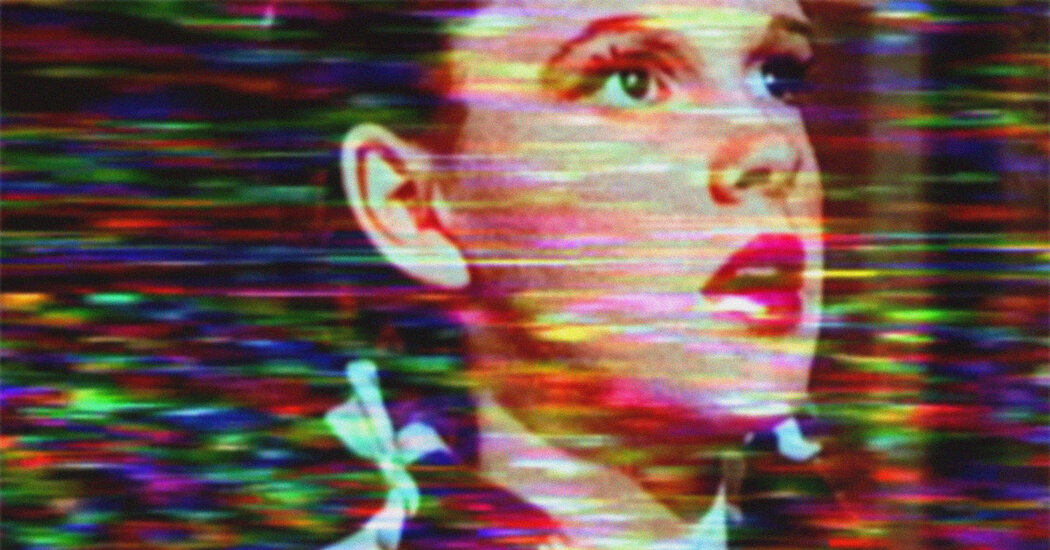
Last October, when Roger Waters brought his “This Is Not a Drill” tour through Austin, Texas, he also took the time to record a nearly three-hour appearance on “The Joe Rogan Experience” podcast. These are typically rambling affairs, guided by the host’s idiosyncratic curiosities, and about halfway through, following a riff by Waters about nuclear weapons, foreign languages and Noam Chomsky, Rogan changed the subject. He said he had to ask Waters — the former lead lyricist, bassist and co-lead vocalist for Pink Floyd — about the synchronicity that arises from watching “The Wizard of Oz” while listening to “The Dark Side of the Moon.”
This phenomenon is sometimes called “The Dark Side of the Rainbow”: If you start the album at just the right time, the music and lyrics uncannily align with the movie’s visuals. Some coincidences are lyrical, as when Dorothy runs away from home at the line “No one told you when to run.” Some are tonal, as when the tornado sequence seems practically choreographed to Clare Torry’s wordless vocals in “The Great Gig in the Sky” — rising to a frenzy as the twister rolls in and then shifting to dreaminess just as Dorothy is knocked unconscious.
Click play to listen to the synced audio.
tk tk
In a spectacular conclusion, the album’s closing heartbeats play as Dorothy listens to the Tin Woodman’s chest. These and many other conjunctions, from the vivid to the subtle, produce mesmerizing and surreal effects that have dazzled generations of pot smokers, Rogan apparently included.
“I don’t believe it for a minute,” Waters said, “but I like the story.”
“Yeah, I don’t even want to investigate that — I want it to be true,” Rogan replied. (Journalistic principle compelled me to email Nelson’s publicist, who wrote back four minutes later to say, “It doesn’t sound true.”)
Rogan went on: “I’ve watched ‘The Wizard of Oz,’ listening to ‘The Dark Side of the Moon,’ while high on marijuana. And if it’s not on purpose, it is a cosmic coincidence because it’s kind of amazing. It’s kind of amazing how it just flows.”
I happened to stumble across a reference to this exchange online, but there was little chance it would escape my attention for long. That’s because I have a strange connection to the phenomenon: Nearly three decades ago, I wrote the first article about it when I was a summer intern at The Journal Gazette in my hometown, Fort Wayne, Ind. In recent months, as various music magazines and websites have been putting together packages about “The Dark Side of the Moon” in honor of its 50th anniversary, I have received a surge in interview requests about this article I wrote when I was 19, which has become an absurd footnote to my career as a national-security and legal journalist.
The link has been a recurring intrusion into my thoughts for years. Alerts I set up to deliver email to my inbox when someone writes about one of my New York Times articles also bring word of new references to that old Journal Gazette piece. And if those fail, friends and family text or email me whenever they see it mentioned in the wild. Every year or so, another co-worker stopping by my desk or a government source I’m meeting for a drink brings it up with a chuckle. At some point, somebody stuck the fact into a brief Wikipedia entry about me, and since then whenever I give a talk about something like surveillance or drone strikes or presidential power, people introducing me have often mentioned it — much to the audience’s amusement.
I didn’t come up with the idea of pairing these two works. I’m not the inventor of “The Dark Side of the Rainbow.” But in a strange sort of accident, I played a key early role in its becoming a cultural phenomenon. Before my article, “The Dark Side of the Rainbow” was just a word-of-mouth thing on an early internet message board. Hardly anyone knew about it, and those who did had no idea who came up with the idea or where it started.
Because the provenance of “The Dark Side of the Rainbow” is murky, my article has come to stand in for its unknown origin story. But I merely helped popularize an idea that was already starting to circulate, one that most likely would have found its way to wider recognition with or without my involvement. If I hadn’t written that article, someone else would have. And yet, it was me who did. For better or worse, I was in the right place at the right time — and able to bear witness to one of the first intrusions of internet culture into mainstream American life.
When I arrived at college as a freshman in the fall of 1994, I discovered that my dorm room was wired for an Ethernet connection. At the time, most people, if they had internet access at all, had dial-up modems. And the internet you connected to remained in its infancy: There wasn’t much to see yet on what we still called the World Wide Web. I was more intrigued by the other forms of communication my connection gave me access to: email and Usenet, a message-board system created in 1979 and made up of “newsgroups” for countless topics. Among the Usenet groups I started following was one called alt.music.pink-floyd.
I had been into Pink Floyd since middle school, when my older brother gave me a T-shirt from their “A Momentary Lapse of Reason” tour and used a dual cassette deck to dub me copies of their albums. In June 1994, just before graduating from high school, I drove with some friends to Indianapolis and, from the rafters of the Hoosier Dome, watched the band live for the first time. I mostly listened to alternative rock in those days, but Pink Floyd’s Usenet group had a hold on me. The band had so much history, and such a deep discography, that its forum was more active and engaging than any other boards I read.
The Usenet group’s archives from that era appear to have been lost. But in my recollection, “The Dark Side of the Rainbow” reached the forum as second- or thirdhand information already: Someone posted that he had heard from some people in Los Angeles that “Dark Side” matched up with the first half of “Oz” in a weird and interesting way. In April 1995, I decided to try it out. I rented a VHS tape of the movie from a video store near campus, located in a former parking garage that had been converted into a ramped mini-mall. Some friends and I crammed onto a nasty yellow sofa, under posters of Kurt Cobain and “Reservoir Dogs.” We pushed the tape into the VCR, muted the TV and hit play on the stereo. (Everyone agrees that you’re supposed to time the start of the music to the roars of the MGM lion, but there is some disagreement about how: We started with the first roar, but a consensus has since developed favoring the third.)
For the next 43 minutes, gasps of recognition ensued as the two works seemed to merge and play off each other. The synchronicities started mildly, like “All you touch and all you see” coming when Dorothy grabs a farmhand’s arm, and got better, like the alarms from “Time” blaring as the film cuts to the evil Miss Gulch coming to get Toto, and Professor Marvel urging Dorothy to go home at “Home, home again.” After the tornado scene we were fully into it, grooving as Dorothy opened the door into Technicolor Oz just as the cash-register noises kicked off “Money.”
In the next track, the black-dressed Wicked Witch appeared and confronted the blue-dressed Dorothy to the lyrics “Black … and blue.”
During “Brain Damage,” the Scarecrow — in need of a brain — flops around as Waters sings about lunatics. The two works integrated in so many ways that it was jarring when the album ended but the movie continued.
That summer, I landed a features-writing internship at The Journal Gazette, temporarily joining a small staff that produced a page in the entertainment section aimed at Gen X readers. A big part of the job was pitching offbeat stories, and the editor liked my idea of writing about the mash-up. So once again I rented the movie and reproduced the experience, this time taking notes. I asked on Usenet if anyone knew its origin but got no useful reply. The band’s publicist at Columbia Records ignored several voice mail messages and a note I sent by fax machine asking for comment.
I was skeptical that there could be any rational explanation for why the two works synchronized. “After all, it’s hard to imagine Roger Waters, Dave Gilmour & Co. painstakingly writing their music to the movie’s timing,” I wrote. “It’s even harder to imagine that a band so gimmickry-minded (it stuck a blinking LED light on the CD packaging of its latest release, ‘Pulse,’ for example) would keep quiet for 22 years if it had done it purposefully.”
People told me that the morning the article ran, they heard D.J.s on a classic-rock station in Fort Wayne talking about it on the air. But newspapers were not yet putting their content online, so there was little way for it to find an audience outside of northeastern Indiana. That changed when I went back to campus for my sophomore year, learned some HTML and made a home page for myself. I added a separate page where I pasted a copy of my article. I shared that page on the Usenet group and added it to a Pink Floyd “Web ring” — a system in which people with related pages linked to one another. I put one of those little counters at the bottom of the page. I didn’t expect much to come of it, because no one really visited the home page of a random college sophomore.
But within months, the counter began ticking up. The article page was logging hundreds, then thousands, and eventually tens of thousands of visitors. I began to notice that over on the Usenet group, users were occasionally directing newcomers to my article. Soon, several other fans made their own web pages about it. Gradually, and then all at once, “The Dark Side of the Rainbow” spread. The following year, in the spring of 1997, several D.J.s at rock stations in major markets — first in Boston and then New York — mentioned it on air, citing discussion on the internet. That prompted an MTV News segment about what Kurt Loder called a “mysterioso linkage” that “for the past couple of years the internet has been buzzing with.” This was followed by a wave of articles in bigger papers like The New York Daily News, The Washington Post and The Baltimore Sun.
The phenomenon had finally gone viral — it only took two years.
A thing to understand about the mash-up is that it wasn’t just a big album and a popular movie. Because “The Wizard of Oz” aired on television so many times in the second half of the 20th century, the Library of Congress estimated in 2000 that it had been seen by more viewers than any other film in history. “The Dark Side of the Moon” was one of the best-selling albums of not just the 1970s but of all time, exhibiting unmatched staying power: It holds the record for the album with the most weeks on the Billboard 200 chart — making a 981st appearance just last month.
Part of the enigma of “The Dark Side of the Rainbow” is that even today nobody knows its origin. Back in 1995, my effort to figure out who first did it went nowhere, and no one has made a credible claim to being its originator in the decades since then. We are left to speculate why anyone would have thought to try putting the two works together — or if it was instead born of a coincidence itself. Perhaps the album was playing in the background when someone channel surfed to the movie on television and noticed what was happening — as hard as this is to imagine, it’s at least statistically more likely to happen with two of the most popular mass entertainments of the last century.
Other technological forces were at work in the early ’90s, making the pairing more likely to be discovered. As a practical matter, the experience could not be replicated until the arrival of the VCR. And since being off a few seconds in either direction would ruin the effect, it also helped to have the album available on compact discs, which played straight through without needing to be flipped over like records or cassettes. And then, of course, there was the internet, where a strange rumor sourced to some people in Los Angeles could wend its way to a college freshman in Boston.
Until recently, it had been many years since I rewatched “The Dark Side of the Rainbow.” But inspired by the spate of interview requests, I decided to try it again from the vantage point of a middle-aged dad living in the suburbs. This time, I didn’t have to rent the movie, find my copy of “Dark Side” or cue it to the lion’s roars. I went into my home office, sat before my computer and clicked a link on YouTube — that was it.
As it unfolded before me, a nagging old thought recurred: How much going on here is objectively special, and how much is in our heads? Back in the mid-’90s, when interest in the phenomenon started to spread, some fans began hunting around for other interesting pairings. A standout website was called the Synchronicity Arkive, whose maker reported enjoying various mash-ups he had tried, including the 23-minute track “Echoes” and the trippy final act of “2001: A Space Odyssey”; “Wish You Were Here” and “Blade Runner”; “Wish You Were Here” and “Akira” — he apparently trusted only Pink Floyd to give him what he wanted. But none of those other purported discoveries took off. Perhaps when any two works are paired, the mind will always notice that some musical and visual shifts happen to coincide. But no other mash-up that I am aware of produces the regular lyrical overlaps that make “The Dark Side of the Rainbow” so special.
Even so, confirmation bias clearly plays a role. Because we are hunting for connections, we overlook the moments when there are none. For example, we filter out that there is no obvious resonance between Dorothy talking to a farmhand and the concurrent lyric “Long you live and high you fly/But only if you ride the tide.” Instead, we focus on a synchronicity with the next couplet, “And balanced on the biggest wave/You race towards an early grave,” which aligns with Dorothy tiptoeing across a fence and then falling into a hog pen. Still, if you were to draw up a list of the asynchronous moments, it would dwarf the alignments that made “Rainbow” so famous.
As I thought about its limitations, I started to ponder a counterfactual: Had “The Dark Side of the Rainbow” been discovered today, would it have been as big a deal? We live in a period in which our phones inundate us with relentlessly churning social media feeds, online games, news and sports updates and an endless number of funny video shorts. To borrow the title of a Waters solo album, we are amused to death. But back in the ’90s, the internet was still in a sort of “Goldilocks zone” — with enough connectivity to be stimulating but not yet so much as to be oppressive. Boredom was then still more possible, and unfilled, mind-wandering time made ideas for trying out weird things more enticing — and perhaps the standard for what manages to be captivating a little lower.
For that matter, the fact that today there is no need to put any effort into creating “The Dark Side of the Rainbow” experience comes at a price. When I was invited to talk about all this on a morning radio program recently, we discussed how when we each first heard about it and tried it out in the ’90s, it took preparation — going out to rent a tape, inviting friends over to participate and worrying about when was just the right moment to start playing the album. “That was an event,” one of the hosts observed.
Now, with precooked versions available to stream online, the experience is diminished twice. Not only does it take far less planning and fuss to replicate the phenomenon, it is also now impossible to mess it up. While watching on my computer, I found myself clicking back when I wanted to experience a particularly striking alignment again, which perversely seemed to drain some of the mystique these coincidences had radiated when they vanished just as one recognized what had happened. Called to deal with a family issue, I hit pause, got up and walked out of the room. When I later returned to the screen, I found the video still paused on the same frame, its synchronicities waiting to seamlessly resume when I clicked the mouse. “The Dark Side of the Rainbow” had been made easy, thanks to countless technological miracles — but also, somehow, less magical.
Charlie Savage is a Pulitzer Prize-winning journalist and a Washington correspondent for The New York Times. He is the author of “Power Wars,” an investigative history of national-security legal policymaking in the Obama administration.
Matt Curtis is an art director and designer living in London. He is a design director at Uncommon Creative Studio.
Source video: “The Wizard of Oz” (MGM). Source audio: Pink Floyd, “The Dark Side of The Moon” (Capitol Records)








